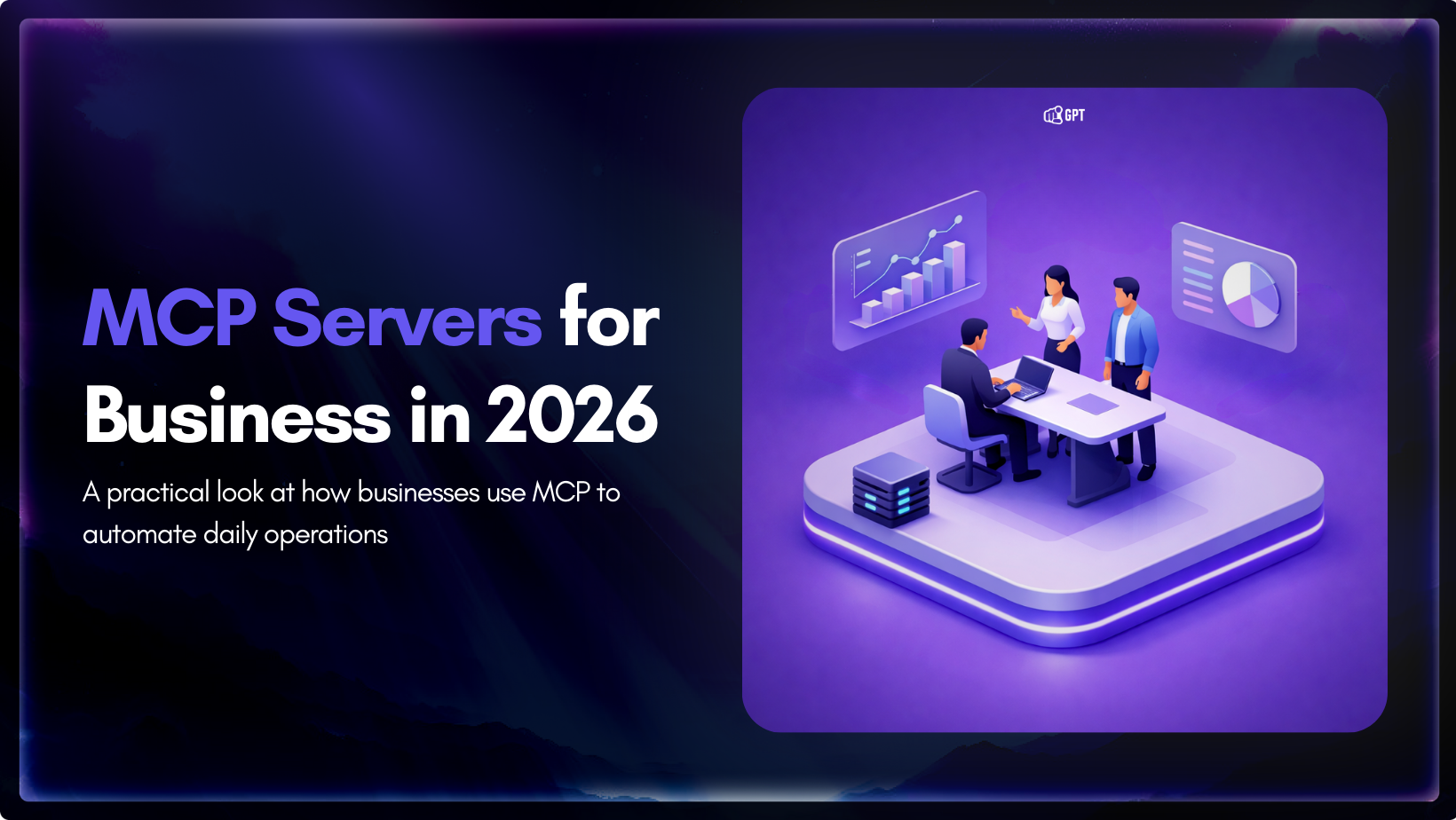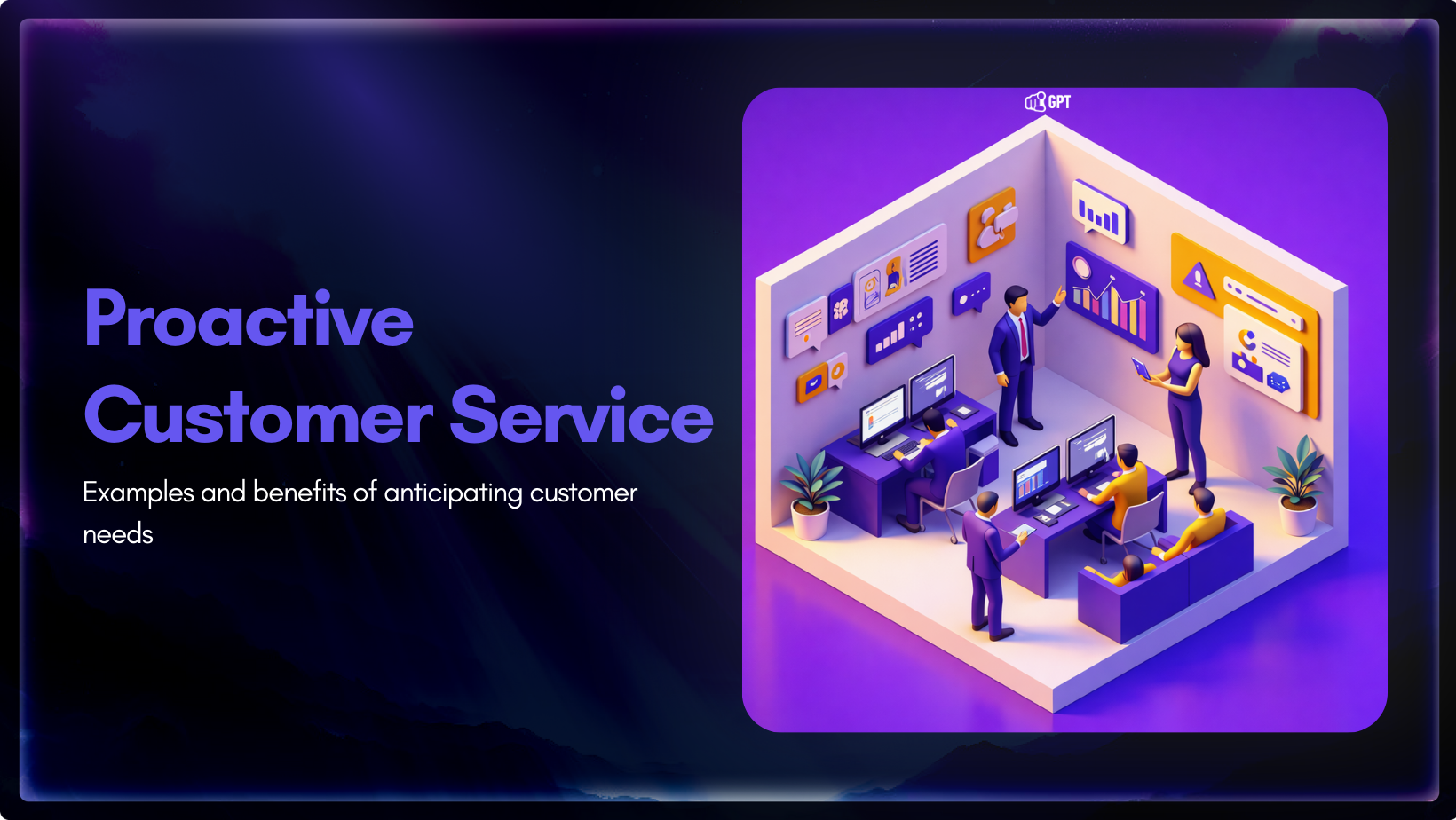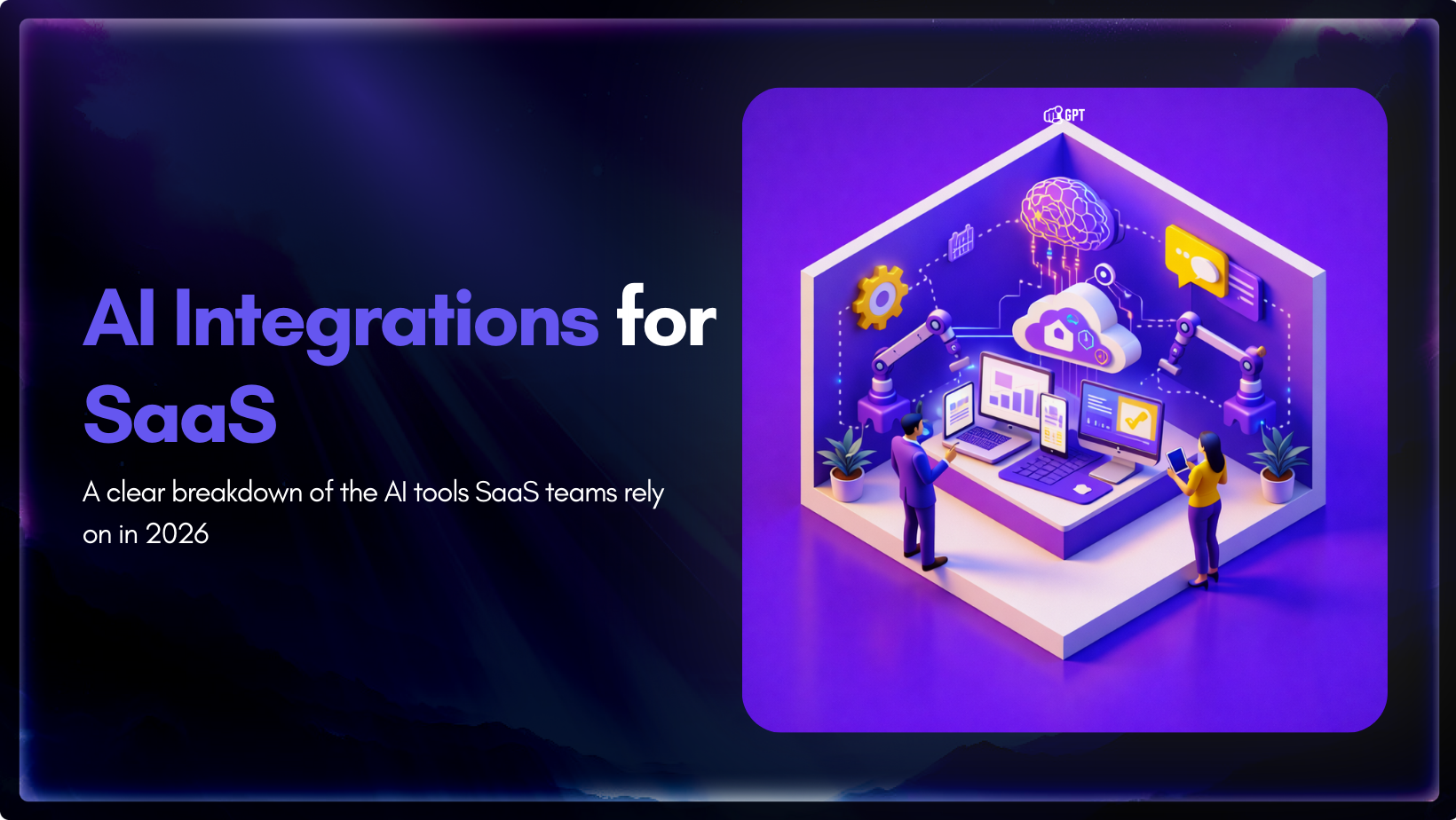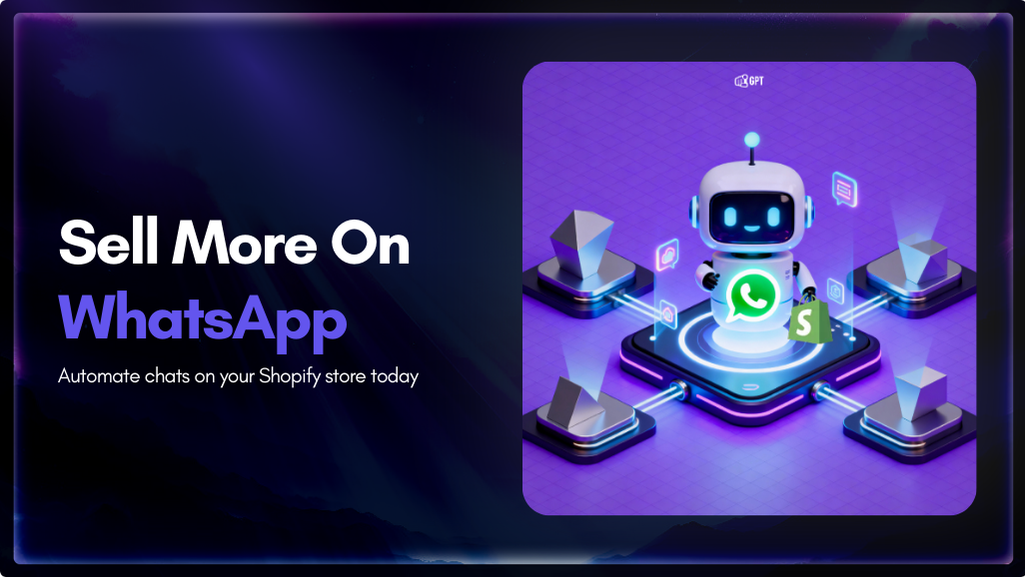7 Essential Chatbot Analytics to Track [in 2025]

![7 Essential Chatbot Analytics to Track [in 2025]](https://s3.us-east-2.amazonaws.com/assets.yourgpt.ai/content/uploads/2024/09/24115623/Analytics-1.jpg)
AI Chatbots are becoming essential for businesses, handling customer queries, improving engagement, and even driving sales.
But the real question is: How do you know if your chatbot is actually performing well? Is it genuinely solving problems or just leaving users frustrated?
This is where chatbot analytics come in. By tracking the right metrics, you can gain valuable insights into how effectively your chatbot is operating, whether users are satisfied, and what improvements are needed.
It’s not enough to simply know how many people are using your chatbot. You need to understand how they are using it, what they are looking for, and whether your bot is meeting their expectations.
In this blog post, we will see the key metrics every business should track and how you can use these insights to boost your chatbot’s performance.
Chatbot analytics help us see how well our chatbots are doing. You can look at things like how many people talk to the bot, if conversations flow smoothly, whether customers are happy, and if the bot actually helps solve problems. Basically, these analytics tell us if our chatbot is doing its job or if we need to make some tweaks.
For Example, A bank using a chatbot can track how often the bot successfully helps customers check their balance or set up a savings account. If customers easily get what they need, it shows the bot is working well. But if customers get stuck, the bank knows improvements are needed. These insights help the bank make online banking smoother and improve customer satisfaction.
Similarly you can apply this to your business.

Monitoring your chatbot’s performance is essential for various reasons.
First, it helps you find out if your bot is answering questions effectively. If users frequently ask the same questions and don’t get good responses, it is a sign that improvements are needed.
Second, you want to know how satisfied users are with their interactions. Are they happy with the information they receive? Gathering this feedback can guide you in making necessary changes.
Third, knowing how often your chatbot can resolve issues on its own is important. The goal is to handle as many inquiries as possible without needing to pass them on to a human. If many conversations require human help, that can lead to delays and frustration.
Finally, using analytics helps you make informed decisions to improve your chatbot’s performance. This could mean increasing sales, enhancing user experience, or making operations more efficient.
Chatbot analytics provide all these insights that help you ensure your chatbot is truly helpful and meets user needs.
With YourGPT AI Chatbot, you have access to in-depth analytics that can provide a clear picture of how your AI bot is performing.

This metric tells you how many interactions your chatbot has handled within a given period, such as a month.
A rising number of conversations can be a good sign that more users are engaging with your bot. But, it’s not just the volume that matters—understanding who these users are and why they are interacting is just as important.

This data provides the foundation for understanding overall engagement, but you need to combine it with other metrics to see the full picture.
This goes beyond counting conversations. Queries represent the total number of questions or requests submitted during those interactions.
A single conversation might involve multiple queries, which shows the complexity of user needs.
Why It Matters:
If your bot handles a lot of queries per conversation, it could indicate that users aren’t getting the information they need on the first try. This might signal the need for better training of the chatbot or more concise response patterns.
This metric helps you understand the reach of your chatbot. It tracks how many unique users interacted with your chatbot within a specific period. Are new visitors coming to your site? Or is the same group of users returning repeatedly?
Knowing your audience can help you tailor the chatbot’s responses better.
User feedback is a crucial indicator of your chatbot’s effectiveness. Most platforms, including YourGPT AI Chatbot, allow users to rate their experience after interacting with the bot.

If negative feedback is high, it’s important to dig into why users aren’t satisfied. Is it the bot’s inability to answer certain questions? A confusing interface? Feedback is valuable for prioritizing improvements.
Understanding where your users are interacting with your chatbot gives insight into which platforms are most effective for engagement. YourGPT AI Chatbot can operate across multiple channels—whether it’s through your website, social media, or messaging apps.

Monitoring which channels are performing best allows you to focus your chatbot optimization efforts.
Sometimes, chatbots can’t handle all the queries, leading to human escalations. While minimizing these escalations is a goal, the rate of handoffs can tell you a lot about where your bot needs improvement.
Human Escalations:
A high handoff rate suggests your bot is encountering situations it cannot manage effectively. This could be due to complex queries or limited training.
User sentiment gives you a direct window into how your chatbot is perceived. Using sentiment analysis, you can track whether the conversations are mostly positive, negative, or neutral.

Tracking these trends helps you measure customer satisfaction and adjust the bot’s responses or tone to improve the overall experience.
Intents represent the purpose behind a user’s message. In chatbot analytics, identifying the most triggered intents can help you optimize the chatbot for efficiency.

This data allows you to prioritize which intents need improvement. For example, if FAQ has the highest number of hits but also receives low user satisfaction, it might be time to rewrite those responses.
Looking at conversation trends by month gives you a long-term view of chatbot performance.

By analyzing trends, you can identify seasonal peaks or declines in chatbot usage. This is especially useful for industries with high variability in customer interactions, such as retail during the holiday season.
Once you have collected and analyzed your chatbot’s data, the next step is to make informed decisions. Here’s how you can use your findings:

Chatbot analytics isn’t just about numbers—it’s about taking action to improve both user experience and business outcomes.
If you’re running a chatbot Without data, you won’t know whether your bot is adding value to the business or frustrating users.
If you are using YourGPT AI Chatbot, tracking analytics is simple and clear. Go to the dashboard and check all the advance Analytics.
By measuring important metrics like total conversations, feedback, top intents, and sentiment, you can optimize your chatbot for success.
The data lets you tweak your bot to not only handle more queries efficiently, also ensure it delivers a great user experience.
In the end, chatbot analytics is your roadmap to making data-driven improvements that ensure your chatbot isn’t just working—it’s working smart.
Join thousands of businesses transforming customer interactions with YourGPT Chatbot
No credit card required • 7 days access • Limited time offer

Growth-focused teams move faster when their tools work together instead of competing for attention. Modern development depends on multiple systems to ship code, review changes, monitor services, and access data. Each system serves a purpose, but routine work often means moving between dashboards, scripts, and internal tools. These small transitions shape how consistently a team […]


Most customer service moments begin long before a ticket is created. Something feels off. A payment does not go through. A delivery update stops moving. A user gets stuck at the same step and tries again. Customers usually pause, check, retry, and wait before they decide to ask for help. Proactive customer service works inside […]


AI has become a core part of how modern SaaS products are built and delivered. In 2026, customers expect intelligent assistance to be available throughout their journey, from onboarding and everyday product usage to support and account management. Inside SaaS teams, AI is increasingly used to speed up workflows, reduce repetitive tasks, and improve how […]


Shopify stores often use a chatbot on their website to handle product questions, order updates, and support. But customers also message on WhatsApp expecting the same quick answers. Most of them already use WhatsApp throughout the day, so reaching out there feels natural. A chatbot that works across both channels responds in seconds, guides purchase […]


Most businesses do not struggle to generate leads. They struggle to know which ones are worth acting on. Forms get filled, DMs arrive, emails are opened, and chats happen across multiple tools. Some prospects convert. Most do not. The real problem is that there is no reliable way to tell, early enough, which signals actually […]


Artificial Intelligence has advanced quickly over the past five years, moving from an experiment to a standard component of modern business. AI has become a central part of enterprise strategy. 88% of organizations are now using AI. This figure has increased from 78% the year before. This transformation is reshaping how companies run, communicate, and […]
